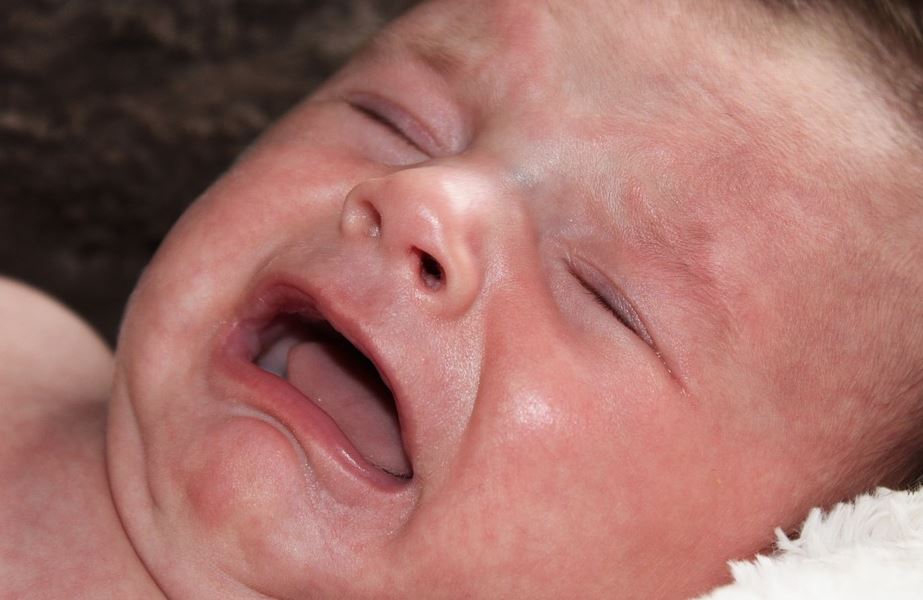
While your children are playing outside, you should understand more about the spiders in your region. There are times when a spider bite isn’t a problem, but if it is a poisonous spider, then you must seek emergency help for your child right away. Here is a list of some of the types of poisonous spiders along with what happens when a children is bitten by one.
Black Widow Spiders
You may have heard a lot about black widow spiders, but you may never see one unless it is in a photograph. This type of spider normally avoids people, but children may try to touch one of these spiders because of the interesting colorations on its body. These spiders have red markings on the body, and the body color can vary between light brown and black. If a black widow bites an individual, then it may not inject any venom, so you can wash the location of the bite with soap and water while watching for any signs of distress. When the skin around the bite swells or looks inflamed, or if your child has respiratory problems or feels nauseated, then seek medical care at an urgent care center.
Wolf Spiders
Wolf spiders have large bodies and hairy legs. This variety of spider does not spin a web to capture food. These arachnids have excellent vision and can walk quickly to capture prey. If your child is bitten by a wolf spider, then it will lead to a lot of pain. Cleanse the skin carefully around the bite’s location, and apply an ice pack to alleviate any discomfort. Watch your child closely for any allergic reactions so that you can transport your child to an urgent care facility.
Australian Funnel Web Spiders
Funnel web spiders spin uniquely shaped webs to capture insects for food. These spiders are located in Australia, so if you travel to this location, then use caution while hiking outside. This variety of spider has dangerous venom that is highly toxic, so if your child is bitten by one of these spiders, then you must find help right away. Hotels or other buildings in Australia that have infestations of these spiders must hire exterminators for professional pest control.
Brown Recluse Spiders
The brown recluse spider lives in various regions of the United States, but its habitat is expanding to new areas. Experts recommend an examination when you are bitten by this type of spider, and it is essential to seek medical help for a child immediately. Children have a smaller body size, making the venom more dangerous. This variety of spider often lives in groups of approximately 50 other arachnids, and it will also invade buildings to live in dark locations such as attics or closets.
Hobo Spiders
Hobo spiders have learned how to travel to other locations by hiding in someone’s clothing or hitching a ride on a vehicle. This has led to having hobo spiders throughout the United States and other locations in North America. A hobo spider is tan or brown with colored bands or stripes on the body or the legs. There are cases of developing necrosis or gangrene from a hobo spider’s bite, and this is likely caused by an infection from the fangs rather than a reaction to the venom. Make sure to clean the skin thoroughly with antiseptic, and watch for any problems.
What Do Spider Bites Look Like?
After a spider bite, you may notice one or more holes in the skin that may bleed slightly. The area around the bite may swell or become discolored, and a child may develop itchy red bumps.

